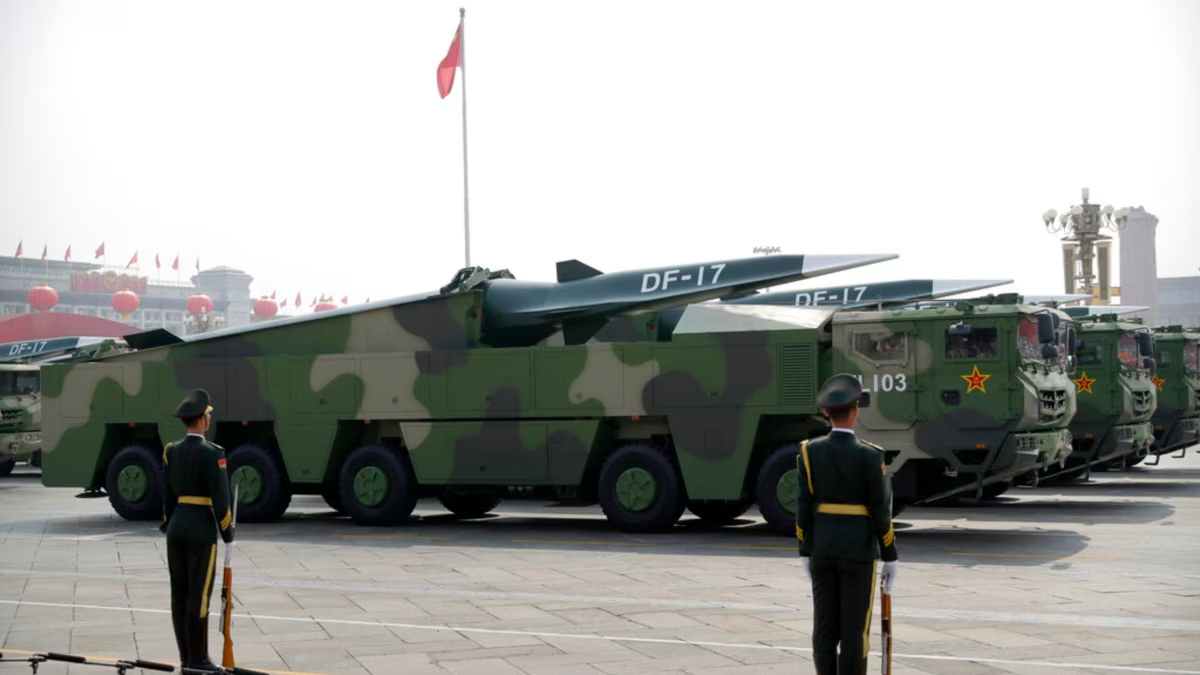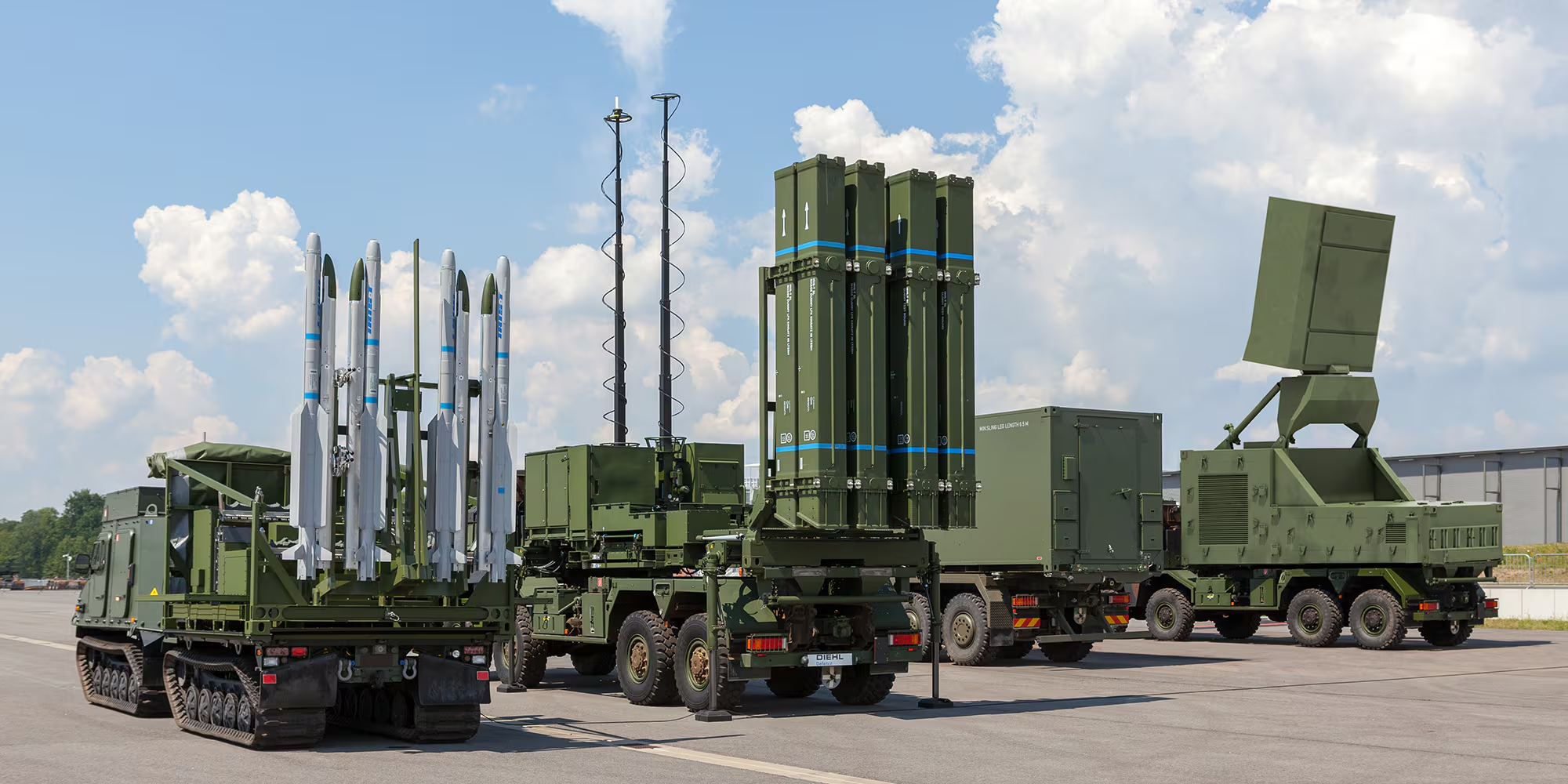China has reportedly conducted the final test of a top-secret hypersonic air-to-air missile, a development that could significantly threaten the United States’ advanced B-21 Raider stealth bomber. This breakthrough, if confirmed, places China at the forefront of hypersonic missile technology and poses new challenges to global military dynamics.
Heat-resistant testing sets the stage for deployment
According to the South China Morning Post, citing scientists involved in the project, the missile underwent rigorous heat-resistance testing in an arc-heated wind tunnel. This state-of-the-art facility simulates extreme conditions akin to those experienced during spacecraft re-entry or Mars landings, underscoring the missile’s advanced design.
“By heating the gas with an electric arc, [this type of tunnel] can generate hot air flows reaching thousands to tens of thousands of degrees Celsius,” explained Cheng Gong and Huang Yimin from the China Airborne Missile Academy. Their remarks highlight the missile’s ability to withstand the punishing conditions of hypersonic speeds—key to its operational viability.
This final test marks the culmination of the weapon’s development phase, paving the way for mass production and eventual deployment by the People’s Liberation Army (PLA).
A first look at the hypersonic weapon’s capabilities
The report offers the first official confirmation of this hypersonic air-to-air missile’s existence, which Beijing previously hinted at in December 2023. At that time, Chinese military experts claimed the weapon was specifically designed to target advanced U.S. aircraft like the B-21 Raider, America’s next-generation stealth bomber.
Chinese simulations reportedly indicate that the B-21 Raider, while highly advanced, could be vulnerable to warheads launched from near space or altitudes exceeding 100 kilometers (62 miles). This suggests the PLA may have overcome a significant technical challenge: maintaining communication and control of a missile traveling at hypersonic speeds and near the Earth’s atmosphere.
Implications for global security and U.S. defense strategy
The successful testing of this missile has far-reaching implications. Hypersonic weapons are notoriously difficult to intercept due to their incredible speed, maneuverability, and unpredictable flight paths. This advancement could give China a decisive edge in air superiority, complicating U.S. strategies involving stealth bombers like the B-21 Raider.
The B-21, which is designed to penetrate highly contested airspace and evade detection, represents a cornerstone of America’s deterrence strategy. The new hypersonic missile directly challenges this capability, potentially neutralizing a key U.S. advantage.
The PLA’s growing arsenal of hypersonic technology
This hypersonic missile is just one of many innovations within China’s rapidly advancing military arsenal. The country has already demonstrated significant capabilities in hypersonic glide vehicles and long-range missiles, showcasing its commitment to developing next-generation weapons systems.
Experts note that this latest development is part of a broader Chinese strategy to counter U.S. military assets and achieve parity—or even superiority—in key areas of defense technology.
What’s next?
The successful test of this hypersonic air-to-air missile signals that production and deployment could be imminent. While the PLA has not disclosed specific timelines, the weapon’s completion aligns with China’s broader ambitions to modernize its military by 2035.
For the U.S. and its allies, this advancement underscores the urgent need to invest in counter-hypersonic technologies and bolster defenses against emerging threats. The Pentagon has already prioritized hypersonic development, but China’s rapid progress suggests the race is far from over.









